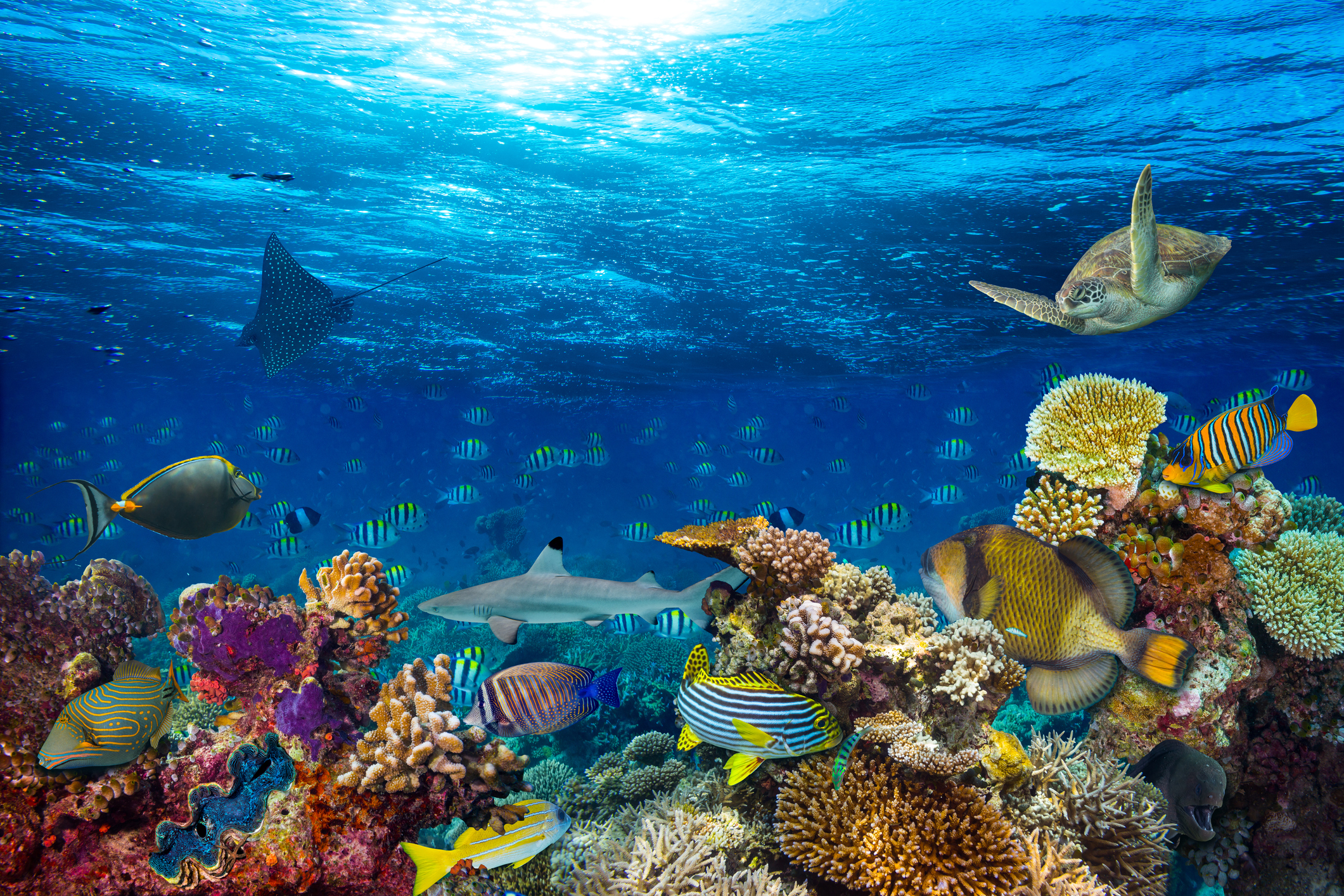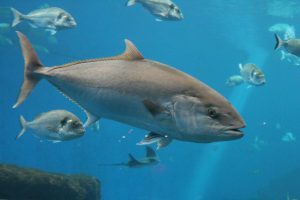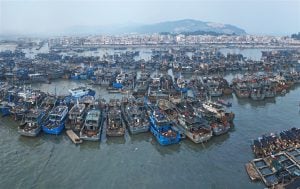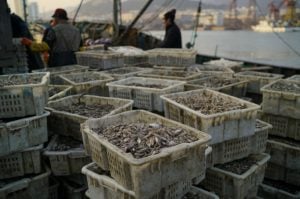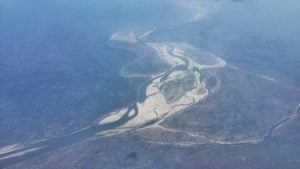I once worked for several months as a deckhand on a prawn trawler off the coast of northern Australia and still remember how the bulging nets would splatter their squashed, gasping contents on to the deck. Often, a catch the size of a family car would produce less than a bucketful of prawns, and sometimes none at all. Everything else – fish of all sizes, sharks and the odd sea snake – would be chucked back overboard and left for dead.
One day, we hauled up a shark too huge to be pushed back in by hand, so another deckhand tied a rope around its tail and winched it up until it hung upside down over the water. Then he got a knife to cut the rope so it could swim free – or so I thought. Instead, he calmly sawed off its tail because there was, he said, “no point wasting good rope”. The shark quickly sank, leaving a thick, bloody stream in its wake.
Such fraught scenes of fish-versus-human date back to ancient times. But as Callum Roberts explains in Ocean of Life, the terms of engagement have been radically altered in our favour. Humans have gained unprecedented supremacy over the seas in a short space of time, thanks to potent technological advances such as satellite tracking devices and engines so formidable they can drag nets big enough to engulf a cathedral. Add in the impact of pollution, from the likes of fertiliser run-off or discarded plastic, and the oceans have changed more in the past 30 years than in all of human history.
Other books, such as Charles Clover’s The End of the Line (2004) and Roberts’s earlier study The Unnatural History of the Sea (2007), have already covered parts of this story, notably the impact of industrial fishing. In his latest book, Roberts, a professor of marine conservation at the University of York, takes on a more ambitious task. In what amounts to a biography of the oceans, from the birth of the earth to today, he deploys data from across the marine sciences to drive home the magnitude of the change the seas have undergone.
There are, he says, barely any waters shallower than one kilometre untouched by commercial fishing. Some places are now fished to three kilometres deep. In most places, the oceans have lost more than 75% of their “megafauna” – large creatures such as whales, sharks, dolphins, rays and turtles. Numbers of some species – oceanic whitetip sharks; American sawfish – are down by as much as 99%. For every 20 leatherback turtles in the Pacific 50 years ago, only one remains.
Also in the Pacific, albatrosses living near the vast floating pile of rubbish known as the Great Western Garbage Patch cannot tell the difference between a bottle cap and the prey they pluck from the sea surface for their young. Researchers found that adult birds returning from long-distance foraging trips fed their chicks an average of 70 pieces of plastic per meal. Among the corpses of the young birds that starved to death, some contained more than 500 plastic items.
Looking ahead, Roberts paints an unsettling picture of ocean acidification from rising carbon dioxide levels; warming water; spreading viruses and pollution-fuelled “dead zones” of oxygen-deprived seas. Some species might thrive in such conditions. We could face a gelatinous future of seas teeming with jellyfish and other opportunistic species. Others are unlikely to do so well. Yet we landlubbers have been, until recently, relatively uninterested, says Roberts. “If birds fall from the sky, dying dogs litter the streets or stands of forest trees wither, they are obvious and worthy of attention,” he says. “But animals and plants in the sea can sicken and die by the millions unnoticed.”
In the hands of a less entertaining writer, this could have been a tedious tract, especially given Roberts’s earnest feeling for the sea. This is a man who took his wife on a field trip to a remote patch of Australia’s Great Barrier Reef for a honeymoon. He also helped create, in 2010, the world’s first network of protected high seas, covering an area in the North Atlantic bigger than the United Kingdom. Yet he remains optimistic and one of this book’s strengths is the many solutions Roberts outlines to reverse the dismal state of the seas.
Some are simple: super-tankers are so that loud whales can hear them a day before they arrive, which some scientists think disorients the creatures. The military has already devised quieter propellers. Why not fit them to merchant ships? Some solutions are developing, such as teaching people to eat sustainably caught fish (Roberts includes a useful how-to guide in an appendix to the book). And some are very difficult, such as extending the network of protected ocean sanctuaries that give species the chance to recover.
This requires much persuasion, especially in economies long dependent on fishing. Still, many countries have started down this path, and anyone reading this book may well want to know why more do not quickly follow.
This article is republished from the Financial Times.
